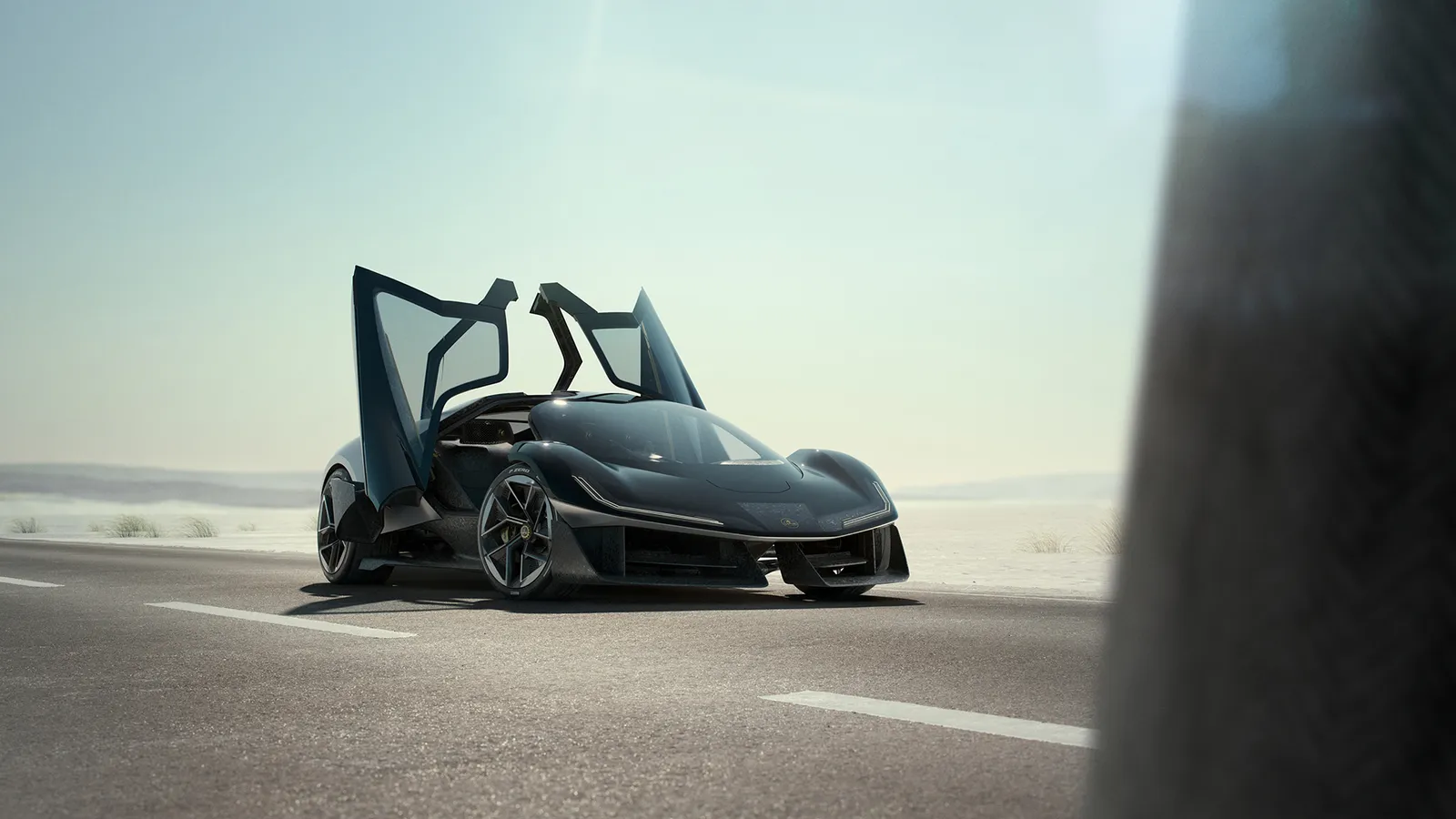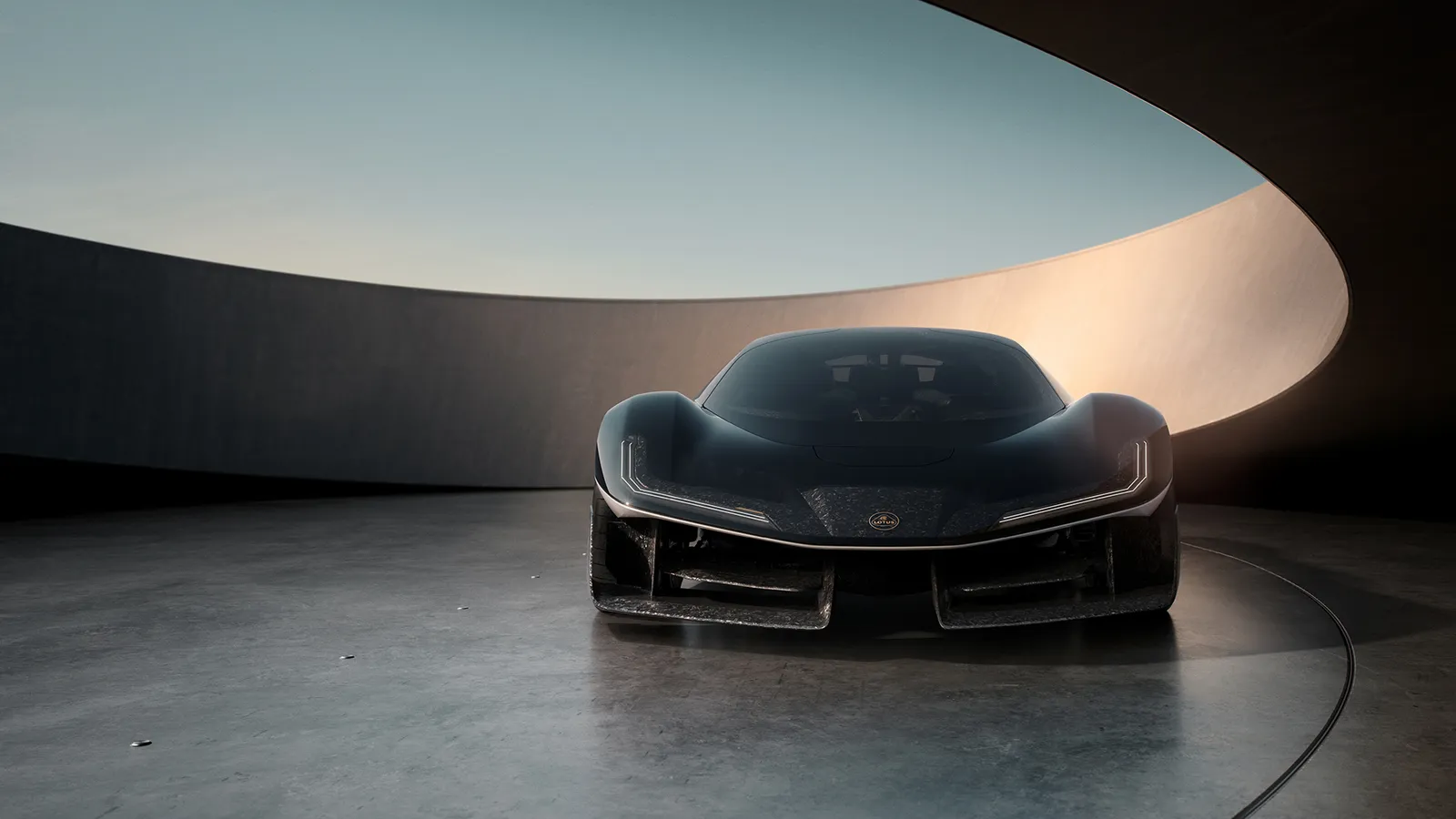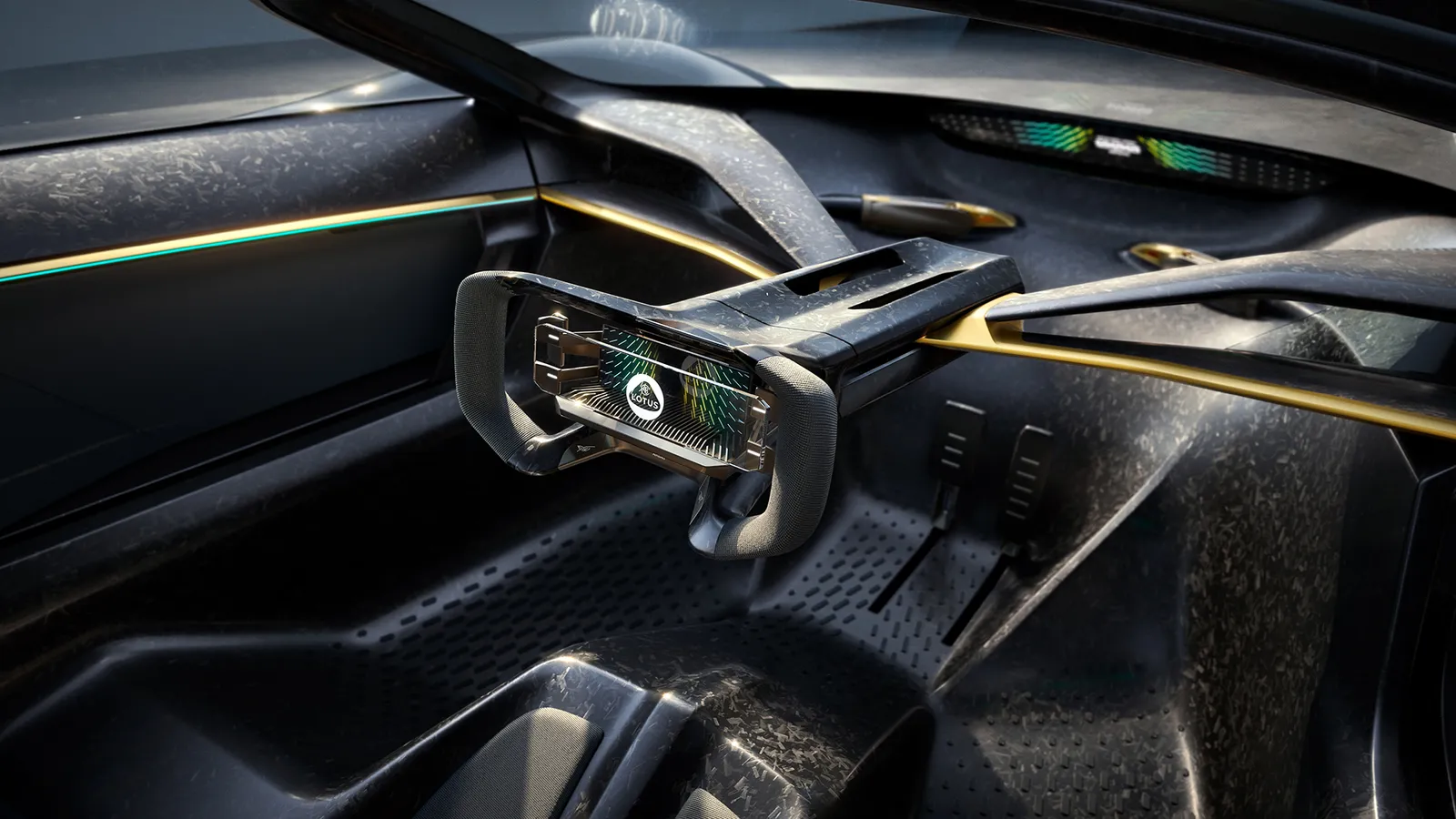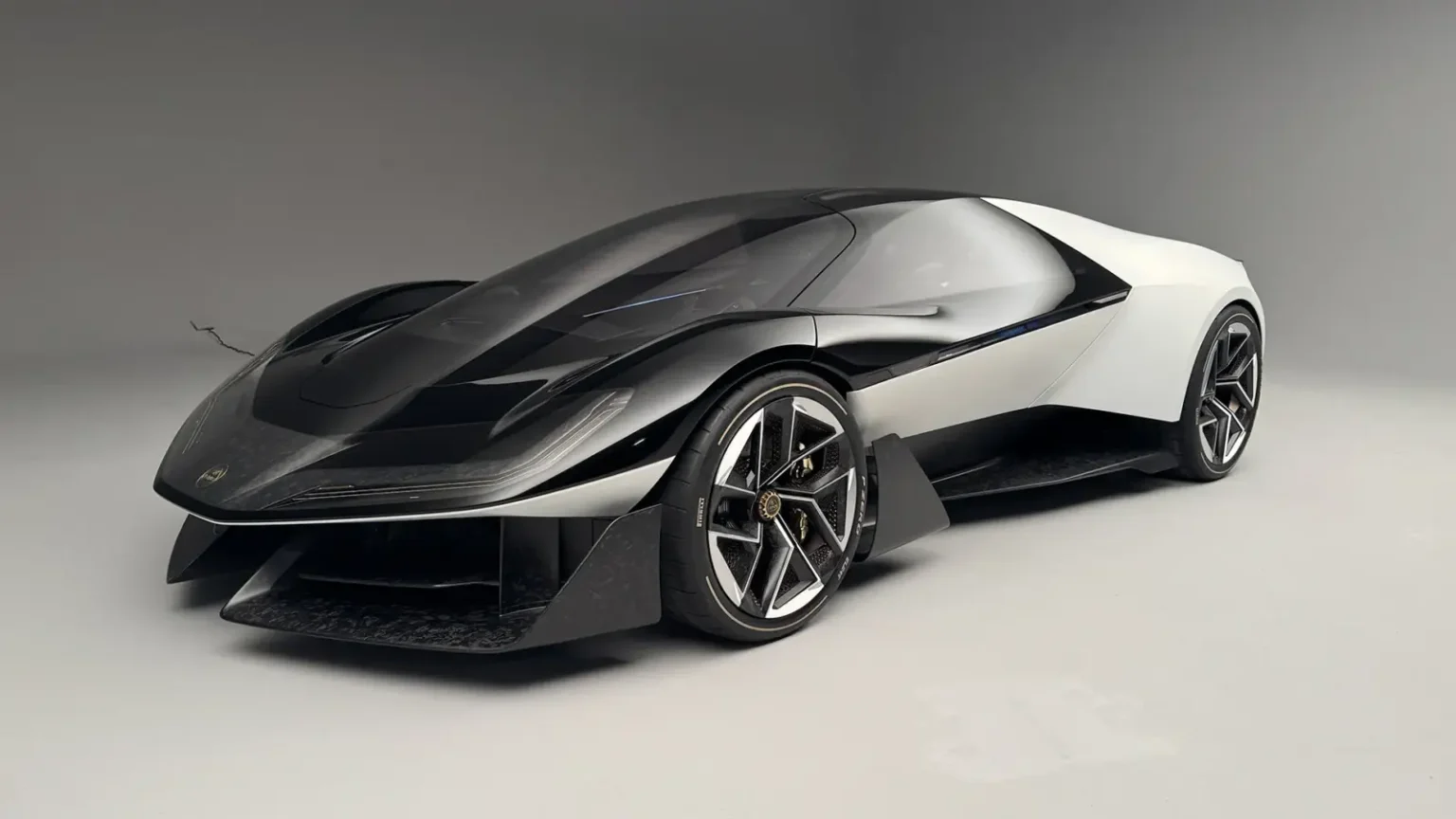Lotus has unveiled their Theory 1 concept, and while they’re quick to point out that it’s not a preview of an upcoming model, it’s undeniably a captivating vision of what the future of performance cars could hold. This concept serves as a physical manifestation of Lotus’s design principles, blending digital technology, natural materials, and analog driving feel into one striking package.
The Theory 1 certainly looks the part of a Lotus. While embracing elements from the company’s rich heritage, it also projects an undeniably futuristic aura. Every inch of this concept, from the front laser lights to the deployable rear spoiler,showcases innovative technology. If even a fraction of these features make their way into production cars, it will be a remarkable feat.

One of the most striking features is the use of laser lights for the daytime running lights. These ultra-thin tubes, developed by Kyocera, give the impression of floating light, and are far lighter than traditional LEDs. While not as versatile as LEDs, their weight savings are substantial. The main headlights, indicators, and warning lights remain LED-based, and the indicators cleverly shine green to indicate when the car is in autonomous mode.
The Theory 1 also features an innovative scissor door design, allowing for easy entry and exit even in tight spaces. The doors rotate upwards almost vertically, and an OLED strip runs across them, extending towards the front of the car. While the exact functionality of this strip remains a bit of a mystery, it hints at potential interactive or communicative features.

Inside, the Theory 1 boasts a unique 1+2 seating arrangement, with a central driving position and two passenger seats set slightly behind. The seats themselves are molded into the bodywork, and the pedals and steering wheel adjust to suit the driver. MotorSkins provide both padding and feedback, further enhancing the connection between the driver and car.
From the driver’s seat, the focus is clearly on the road ahead. There’s a minimalist approach to screens, with only a small display below the windscreen providing essential driving information. Two screens show the view from the wing mirror cameras, and the steering wheel itself features a small screen and projected functions for controlling various aspects of the car.
When the car switches to autonomous mode, the steering wheel retracts, allowing for more comfortable conversation with passengers. The 1+2 layout creates a surprising amount of space, and the passengers are still close enough to the driver for easy interaction.
The rear wing is mounted directly to the motor and suspension assembly, much like a Formula 1 car. The spoiler raises for increased downforce or acts as an airbrake, and cleverly conceals the charging points when raised. Fast charging capabilities, similar to those seen on the Lotus Emeya, promise quick top-ups of the 70kWh battery, which is estimated to provide around 250 miles of range in this lightweight model.

While the Lotus Theory 1 may not directly translate into a production car, it certainly hints at a future of high-performance, lightweight electric vehicles. It’s a vision that echoes Lotus’s legacy, bringing to mind models like the Emira and Elise.
The Theory 1 concept serves as a powerful statement of intent. It demonstrates Lotus’s commitment to innovation and pushes the boundaries of what’s possible in electric performance cars. While we might have to wait a bit longer to see these ideas realized in a production model, the Theory 1 gives us plenty to be excited about for the future of Lotus.





